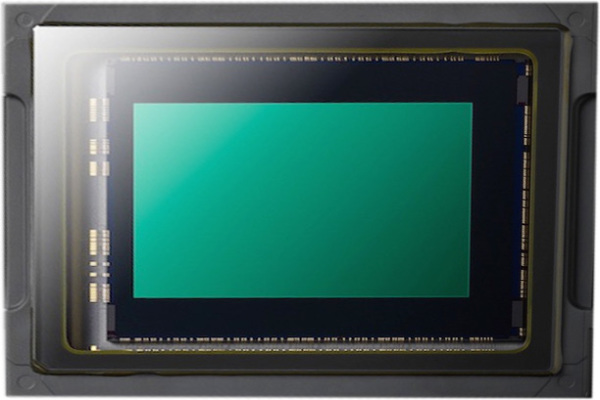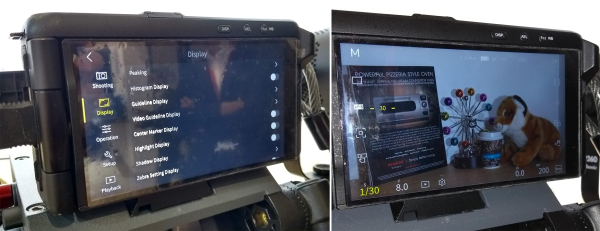In fact, with the IMX492, Sony brings out an 8K sensor in MFT format. Since this sensor is produced as a Multi-Aspect Ratio Sensor with a slight oversize, some Rumor pages already ring the bells. Should we already see the sensor of a GH6 or Olympus E-M1III?
But even if the new Sony sensor can be read in 8K even with 24-30fps we rate the probability for a GH6 use as very low. Because the sensor can only be read in 8K with 10 bits, which speaks for a rather modest dynamic range.

Of course, this is not by chance, but is based on the fact that 8K on an MFT surface requires very small sensels (approx. 2µm side length), which in turn have a very early saturation (FullWell). Even with a 4K readout with pixel consolidation, this should result in a worse dynamic range than with the GH5/s. The GH5/s is the only GH5 with a full wave.
In addition, most MFT optics should not be able to take advantage of the increased resolution of the sensor. The fact that there were no Lumix MFT photo models with an 8K sensor so far alone should prove that a sensor with 20 megapixels works at the limit of the available optics. This corresponds approximately to a 5K sensor.
This is not the only reason why it is also interesting to see with which lenses Sharp ultimately wants to make the most of its announced 8K-MFT camera. Maybe Sharp is also one of the customers of the IMX492?
But the ominous 8K model has become quieter again. Actually, there should be something new here for IBC 2019. At least we could see a running prototype at the IFA without comment:

We are very excited to see if there will really be more out of it, because 8K with MFT sensors doesn't really seem like a good idea to us personally. On the other hand, smartphone sensors are even closer...

